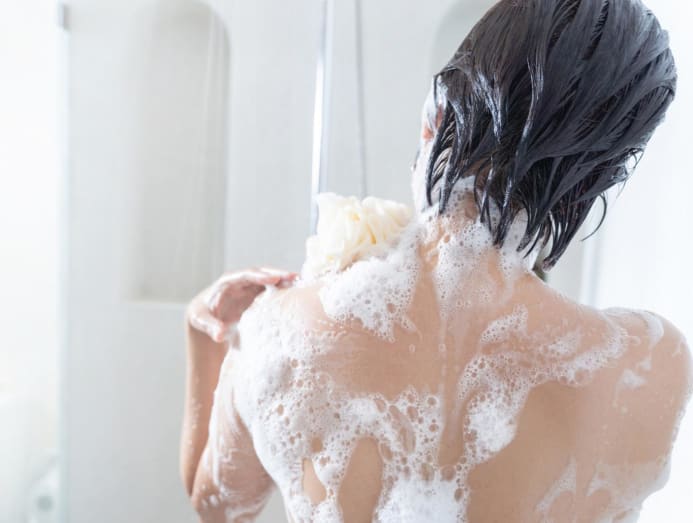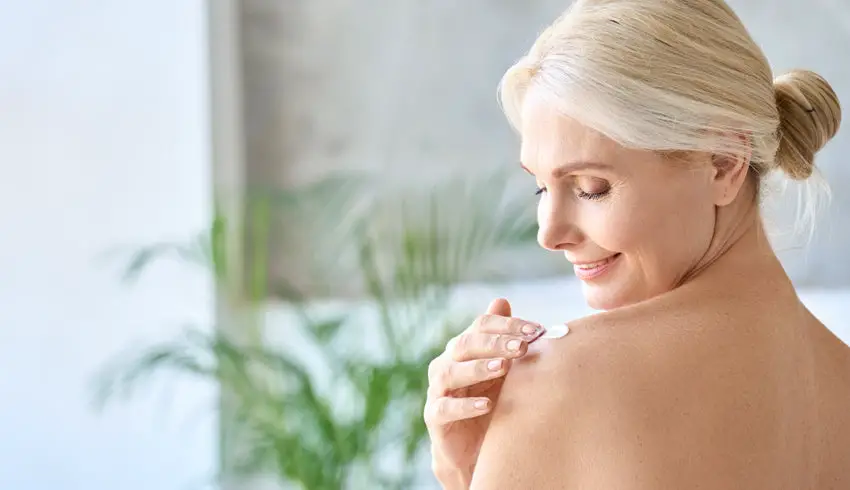Butt Acne from Not Showering Enough: Causes, Tips, and Solutions
As a seasoned beautician, you may often encounter clients struggling with the frustrating issue of butt acne. This common yet uncomfortable condition can often stem from simple hygiene practices, such as not showering frequently enough. Understanding the underlying causes and effective strategies to address it is essential for any beauty professional aiming to provide comprehensive client care.
Butt acne, scientifically known as folliculitis, occurs when hair follicles become clogged with oil, dead skin cells, and bacteria. Unlike facial acne, this condition often affects the buttocks due to friction, sweat, and prolonged exposure to moisture from insufficient showering. Educating yourself on its causes and preventive measures will equip you to offer tailored solutions for your clients.

Why Showering Matters in Preventing Butt Acne
Not showering enough can lead to a buildup of sweat, oils, and bacteria on the skins surface, fostering an environment conducive to acne development. Regular washes and mindful hygiene can significantly reduce these buildups and minimize the risk of acne.
Moreover, certain practices during a shower can exacerbate the situation. For instance, the use of harsh soaps or skipping exfoliation can allow dead skin cells to pile up, clogging hair follicles and leading to inflammation. Visit our discussion on exfoliating acne-prone skin for more insights.
Identifying the Symptoms of Acne from Poor Hygiene
As beauticians, being able to spot the early signs of butt acne can guide you in offering timely advice. Symptoms typically include small, itchy bumps that can be red, white, or flesh-colored. In severe cases, these bumps can turn into painful, pus-filled boils.
Understanding these signs ensures you can suggest appropriate interventions before worsening of the condition, either through professional skincare treatments or at-home routines.
Practical Skincare Solutions for Prevention and Treatment
Incorporating effective skincare habits into your clients' routines is vital. Encourage the following strategies:
- Regular Showers: Advise clients to shower daily, especially after sweating from workouts or high temperatures.
- Gentle Cleansers: Recommend mild body washes that avoid irritating the skin's surface.
- Exfoliation: Suggest gentle exfoliation a few times a week to remove dead skin cells without causing additional irritation. Explore our top exfoliator recommendations.
- Loose Clothing: Advise opting for breathable fabrics that reduce chafing and opportunity for bacterial growth.
Providing this guidance can empower your clients to manage butt acne effectively, enhancing their overall confidence and satisfaction in their skincare routine.
:max_bytes(150000):strip_icc()/Health-GettyImages-1199366228-68076b11f747454fa13e21aa3f5920b6.jpg)
When to Consult a Dermatologist
In cases where butt acne does not improve with basic skincare changes, recommending a visit to a dermatologist may be necessary. Persistent or severe acne can sometimes require prescription treatments or specialized interventions.
Equipped with professional advice, clients can explore medical-grade treatments like topical antibiotics or retinoids, offering a higher chance for improvement.
FAQ Section
1. Can improper shower techniques cause butt acne?
Yes, improper techniques, such as using overwhelming products or not rinsing thoroughly, can contribute to acne.
2. Are loofahs safe to use for exfoliating?
While loofahs can help exfoliate, they might harbor bacteria if not restored properly. Learn more about it here.
3. How often should one exfoliate to prevent butt acne?
Exfoliating 2-3 times a week is a safe recommendation to avoid over-irritating the skin.
This article contains affiliate links. We may earn a commission at no extra cost to you.

